Home>Articles>What Is The Best Way To Wrap An Electrical Cord


Articles
What Is The Best Way To Wrap An Electrical Cord
Modified: August 26, 2024
Discover expert advice on cord management and storage solutions.
(Many of the links in this article redirect to a specific reviewed product. Your purchase of these products through affiliate links helps to generate commission for Storables.com, at no extra cost. Learn more)
Introduction
When it comes to managing and organizing electrical cords, proper wrapping techniques are essential. Whether you’re dealing with cords for appliances, power tools, or electronics, taking the time to wrap them correctly can prevent tangles, knots, and possible damage. In this article, we will explore the best ways to wrap an electrical cord to keep it neat, tidy, and easy to use.
Electrical cords are a common sight in our everyday lives, often connecting us to the power sources we rely on. However, if not properly managed, they can become a tangled mess, creating inconvenience and potential safety hazards. By utilizing the right techniques for wrapping electrical cords, you can not only maintain their longevity but also make your workspaces safer and more organized.
Properly wrapping an electrical cord ensures that it remains protected from twisting, tangling, and kinks, which can lead to internal damage. Additionally, a well-wrapped cord is easier to store, transport, and use, saving you time and frustration in the long run.
In the following sections, we will explore different methods for wrapping electrical cords and discuss the strengths and weaknesses of each. Whether you’re a homeowner looking to tidy up your garage or a professional in need of efficient cord management, these techniques will help you keep your cords organized and in excellent condition.
Key Takeaways:
- Properly wrapping electrical cords is crucial for longevity, safety, and efficiency. Choose the right wrapping method based on cord length and portability needs to prevent tangles and damage.
- The over-under, figure-eight, coil, and twist-tie/Velcro wraps offer unique benefits for organizing cords. Regular practice ensures proficiency and consistent, hassle-free results.
Read also: 9 Best Electrical Cord Wrap for 2025
Why is it important to wrap an electrical cord properly?
Properly wrapping an electrical cord isn’t just about aesthetics; it serves several important purposes. Let’s explore why it is crucial to wrap an electrical cord properly:
- Prolongs cord lifespan: An electrical cord that is wrapped correctly is less likely to suffer from wear and tear. Improperly wrapped cords can easily kink, twist, or fray, leading to exposed wires and potential hazards. By using proper wrapping techniques, you can protect the cord from damage and extend its lifespan.
- Ensures safe storage: Tangled cords are not only frustrating to untangle but can also increase the risk of tripping and accidents. Proper wrapping prevents tangles and keeps cords neatly organized, reducing the potential for accidents when storing or transporting them.
- Facilitates easy identification: When cords are neatly wrapped, it becomes easier to identify and locate the specific cord you need. This is especially important in situations where multiple cords are used simultaneously, such as in professional settings or workshops, where quickly identifying the right cord can save time and improve efficiency.
- Prevents damage and interference: Properly wrapping cords protects them from external factors such as moisture, dust, and mechanical damage. Cords that are left loose or improperly wound can become entangled with other objects, leading to potential damage or interference with nearby equipment.
- Improves portability: Neatly wrapped cords are easier to carry and transport. Whether you’re taking your power tools on a job site or storing cords for travel, a well-wrapped cord takes up less space and helps keep everything organized and manageable.
By taking the time to wrap your electrical cords properly, you not only protect your investment but also promote safety and efficiency in your day-to-day activities. Now, let’s explore some different methods for wrapping electrical cords that you can implement to achieve these benefits.
Different methods for wrapping electrical cords
There are several methods for wrapping electrical cords, each with its own advantages and best use cases. Let’s explore some of the most commonly used methods:
- Over-under wrap: The over-under wrap, also known as the hank or master technique, is a popular method for wrapping cords. This technique involves alternating the direction of the coil with each loop, resulting in a neat and tangle-free cord. The over-under wrap is ideal for longer cords, as it allows for easy unwinding without tangling.
- Figure-eight wrap: The figure-eight wrap is a simple yet effective method that involves creating loops in the shape of the number eight. Start by making a loop near one end of the cord, then cross the cord over itself to form another loop in the opposite direction. Continue this pattern until the entire cord is wrapped. The figure-eight wrap is great for shorter cords or when you need quick access to a specific length of cord.
- Coil wrap: The coil wrap is a straightforward technique where you wrap the cord in a circular motion, similar to how you would coil a rope. Start by holding one end of the cord and make loose circles, overlapping each previous loop. This method is quick, easy, and works well for shorter cords or when space is limited.
- Twist-tie or Velcro wrap: If you prefer a more secure wrapping method, you can use twist ties or Velcro straps to hold the cord in place. These accessories can be wrapped around the coiled cord, keeping it tightly bundled and preventing any loose ends. The twist-tie or Velcro wrap is convenient for longer cords or situations where you need added stability during storage or transportation.
Remember, it’s important to choose the wrapping method that best suits your specific needs. Consider factors such as the length of the cord, the level of portability required, and the ease of unwinding when deciding on the appropriate wrapping technique.
Now that we’ve explored different methods for wrapping electrical cords, you can choose the one that fits your needs and preferences. Implementing these techniques will keep your cords organized, prevent damage, and make your workspaces safer and more efficient.
Method 1: Over-under wrap
The over-under wrap, also known as the hank or master technique, is a popular method for wrapping electrical cords. This technique ensures that the cord remains tangle-free and easily unwinds for quick and hassle-free use. Follow these steps to achieve a neat and organized over-under wrap:
- Hold the cord in one hand with the plug end facing towards you.
- With your free hand, start by making a loop with the cord, bringing it towards you and crossing it over the length of the cord.
- Bring the loop behind the cord, passing it through the opening formed by the cross. This creates the first “over” loop.
- Next, make another loop, but this time, bring it away from you, crossing it under the length of the cord.
- Pass this loop through the opening created by the previous cross. This creates the first “under” loop.
- Continue alternating between over and under loops as you work your way down the cord, ensuring that each loop is snugly wrapped but not too tight.
- When you reach the end of the cord, secure the loop by tucking the loose end through a loop or using a twist tie or Velcro strap to keep it in place.
The over-under wrap is particularly effective for longer cords, such as those used for power tools or extension cords. It prevents tangling and makes it easy to unwind the cord without having to uncoil the entire length. Additionally, this method allows for quicker deployment and reduces the risk of kinks and twists that could damage the cord over time.
By utilizing the over-under wrap technique, you can keep your electrical cords organized, save time when setting up equipment, and prevent unwanted tangles and knots. Remember to practice this method regularly to develop proficiency and ensure consistent results.
When wrapping an electrical cord, use the over-under technique to prevent tangles. Start by making a loop, then alternate the direction of each loop to create a neat and tangle-free coil.
Method 2: Figure-eight wrap
The figure-eight wrap is a simple and efficient method for wrapping electrical cords. This technique creates compact and easily manageable loops, making it ideal for shorter cords or situations where quick access to a specific length of cord is necessary. Follow these steps to achieve a neat and organized figure-eight wrap:
- Hold the cord in one hand, ensuring that the plug end is facing towards you.
- With your free hand, create a small loop near the plug end of the cord by folding it back towards the center.
- Cross the cord over itself, bringing it back towards the opposite side and forming another loop in the shape of the number eight.
- Continue this pattern, alternating sides with each loop, until you reach the end of the cord.
- Secure the wrapped cord by tucking the loose end through a loop, or use a twist tie or Velcro strap to hold it in place.
The figure-eight wrap provides several benefits when it comes to cord management. It keeps the cord neatly organized and prevents tangling, making it easy to identify and access the desired length of cord without having to untangle a mess. This method is especially useful in situations where multiple cords are used simultaneously and quick identification is crucial.
Additionally, the figure-eight wrap offers efficient storage and portability. It takes up minimal space, allowing you to store multiple cords neatly in a toolbox, bag, or drawer. The compact loops also make it easier to carry and transport cords, whether you’re moving equipment around a job site or simply taking cords with you on the go.
By utilizing the figure-eight wrap method, you can keep your shorter electrical cords organized, tangle-free, and readily accessible when you need them. Remember to practice this technique to enhance proficiency and ensure consistent results.
Method 3: Coil wrap
The coil wrap is a simple yet effective method for wrapping electrical cords. This technique involves creating overlapping loops, similar to how you would coil a rope. The coil wrap is ideal for shorter cords or situations where space is limited. Follow these steps to achieve a neat and organized coil wrap:
- Start by holding one end of the cord firmly in one hand.
- Begin making loose circular motions with the cord, creating overlapping loops.
- Continue coiling the cord until you reach the end, making sure each loop overlaps with the previous one.
- Secure the wrapped cord by tucking the loose end through a loop, or use a twist tie or Velcro strap to hold it in place.
The coil wrap is a quick and efficient method for managing and storing shorter cords. It helps prevent tangling and keeps the cord organized in a compact form. This technique is particularly useful when you have limited storage space or need to transport cords easily.
Coiled cords are less likely to tangle, making them easier to unravel and use without any obstructions. Whether you’re using the cord for a power tool, small appliance, or electronic device, the coil wrap ensures that the cord is ready for immediate use and free from knots or kinks that could affect performance.
Additionally, the coil wrap allows for quick identification and avoids confusion when you have multiple cords to manage. Each coiled cord retains its individual shape and remains separate from others, making it easier to select the correct cord for your specific needs.
By utilizing the coil wrap method, you can keep your shorter electrical cords organized, prevent tangling, and ensure efficient storage and portability. Practice this technique to develop proficiency and maintain consistently well-coiled cords.
Method 4: Twist-tie or Velcro wrap
For those who prefer a more secure and customizable wrapping method, using twist ties or Velcro wraps can provide the perfect solution. This technique is especially useful for longer cords or situations where you require added stability during storage or transportation. Follow these steps to achieve a secure and organized twist-tie or Velcro wrap:
- Start by coiling the cord neatly using any preferred technique such as the over-under wrap or coil wrap.
- Once the cord is coiled, use a twist tie or Velcro strap to secure the wrapped cord.
- Place the twist tie or Velcro strap around the coiled cord and fasten it tightly to hold the coils in place.
- Make sure the twist tie or Velcro strap is secure but not overly tight to avoid squeezing and damaging the cord.
The twist-tie or Velcro wrap provides exceptional stability and can prevent cords from unraveling or getting tangled. These accessories offer flexibility and customization, allowing you to adjust the tightness of the wrap to your preference.
Using twist ties or Velcro wraps ensures that the cord remains tightly bundled, making it easier to store and transport. The secured wrap eliminates the risk of the cord accidentally unwinding or becoming loose, reducing the chances of damage or tripping hazards.
Another advantage of using twist ties or Velcro wraps is their reusability. Unlike other wrapping techniques, the twist ties or Velcro wraps can be easily removed and reused when needed, making them a convenient and environmentally friendly option for cord management.
This wrapping method is particularly useful for longer cords, such as extension cords, as the extra stability provided by the twist ties or Velcro wraps ensures that the coils stay intact even during movement or when exposed to external forces.
By utilizing twist ties or Velcro wraps, you can keep your longer electrical cords securely bundled, prevent tangling or unraveling, and enhance the overall organization and portability of your cords.
Remember to store your twist ties or Velcro wraps in a designated location to ensure easy access whenever you need to secure your cords.
Conclusion
Properly wrapping electrical cords is essential for maintaining their longevity, ensuring safety, and promoting efficient organization. By implementing the right wrapping techniques, you can prevent tangles, knots, and potential damage to your cords. In this article, we explored different methods for wrapping electrical cords, each with its own advantages and best use cases.
The over-under wrap is an excellent choice for longer cords, offering easy unwinding and protection against tangling. The figure-eight wrap is ideal for shorter cords, providing quick access to specific lengths and efficient storage. The coil wrap is a simple yet effective method for organizing shorter cords, minimizing tangles, and saving space. The twist-tie or Velcro wrap adds an extra layer of security and stability to longer cords, ensuring they remain tightly bundled during storage and transportation.
Properly wrapped cords not only prolong their lifespan but also enhance safety by preventing potential hazards like trips and accidents. They also improve efficiency by making it easier to locate, identify, and use the desired cord without wasting time untangling messy bundles. With the right wrapping techniques, your cords can be stored in a neat and organized manner, saving you time and frustration.
Remember to choose the wrapping method that best suits your specific needs, considering factors such as cord length, desired portability, and ease of unwinding. Regular practice will help you become proficient in wrapping cords and consistently achieve neat and organized results.
In conclusion, taking the time to wrap your electrical cords properly is a simple yet impactful step towards a safer, more organized, and efficient environment. By implementing these techniques, you can enjoy hassle-free cord management, protect your investment, and ensure the longevity of your electrical cords.
Frequently Asked Questions about What Is The Best Way To Wrap An Electrical Cord
Was this page helpful?
At Storables.com, we guarantee accurate and reliable information. Our content, validated by Expert Board Contributors, is crafted following stringent Editorial Policies. We're committed to providing you with well-researched, expert-backed insights for all your informational needs.
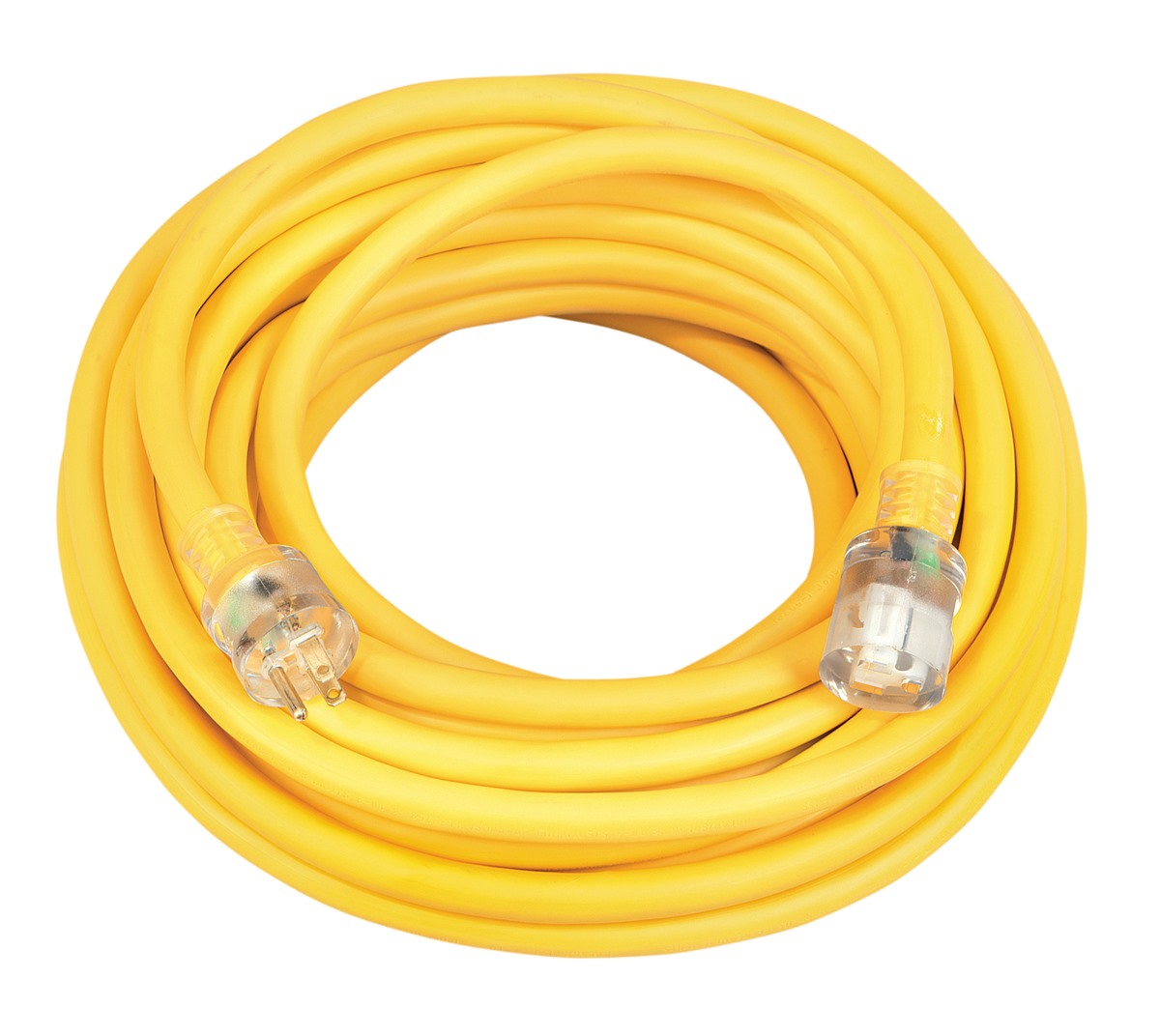
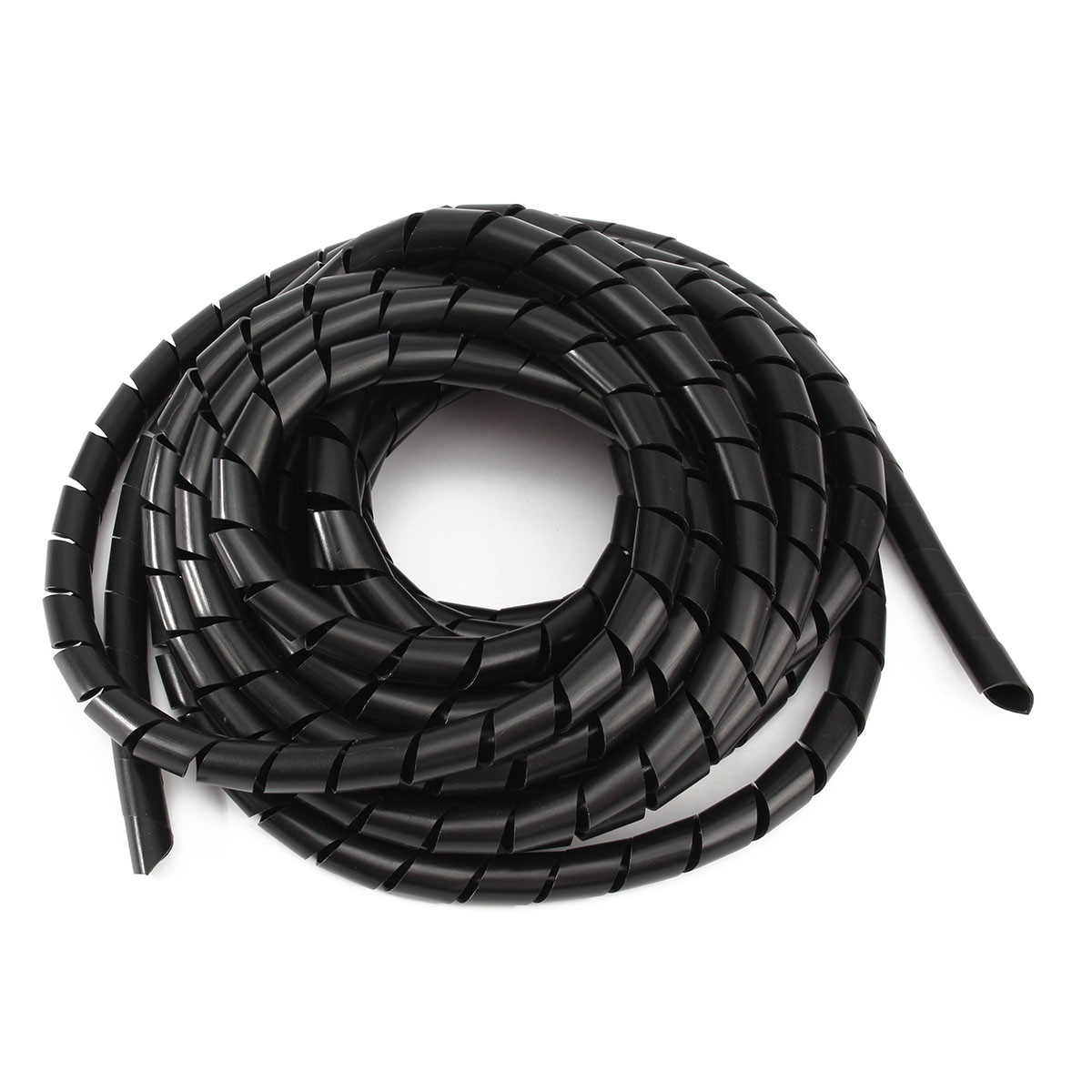
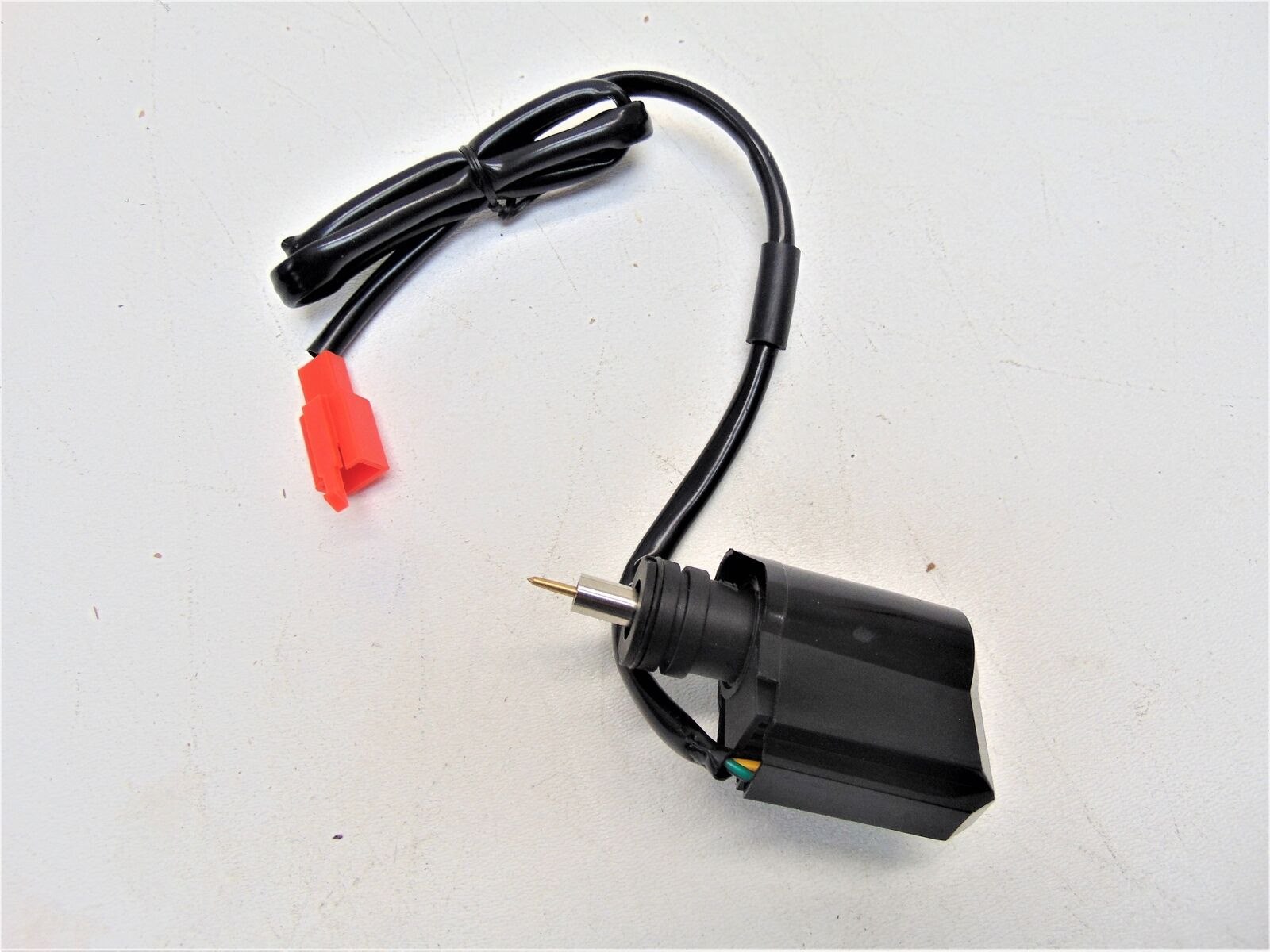
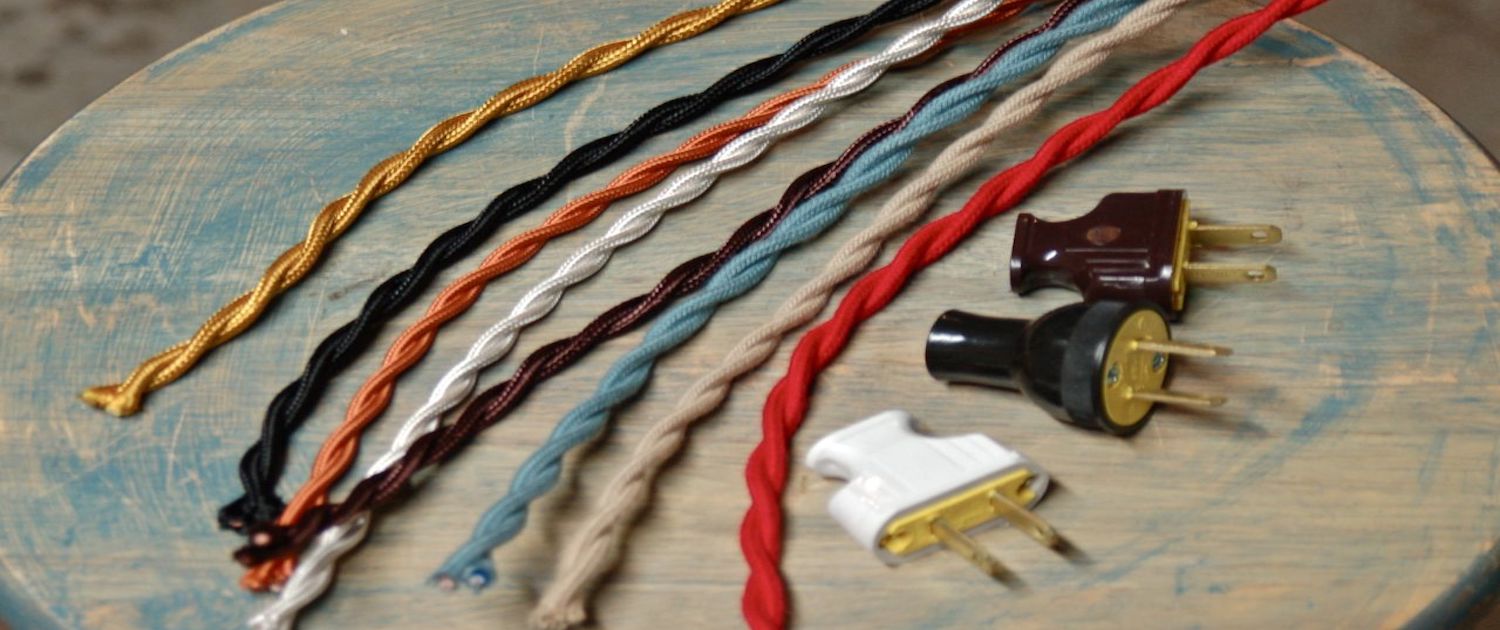
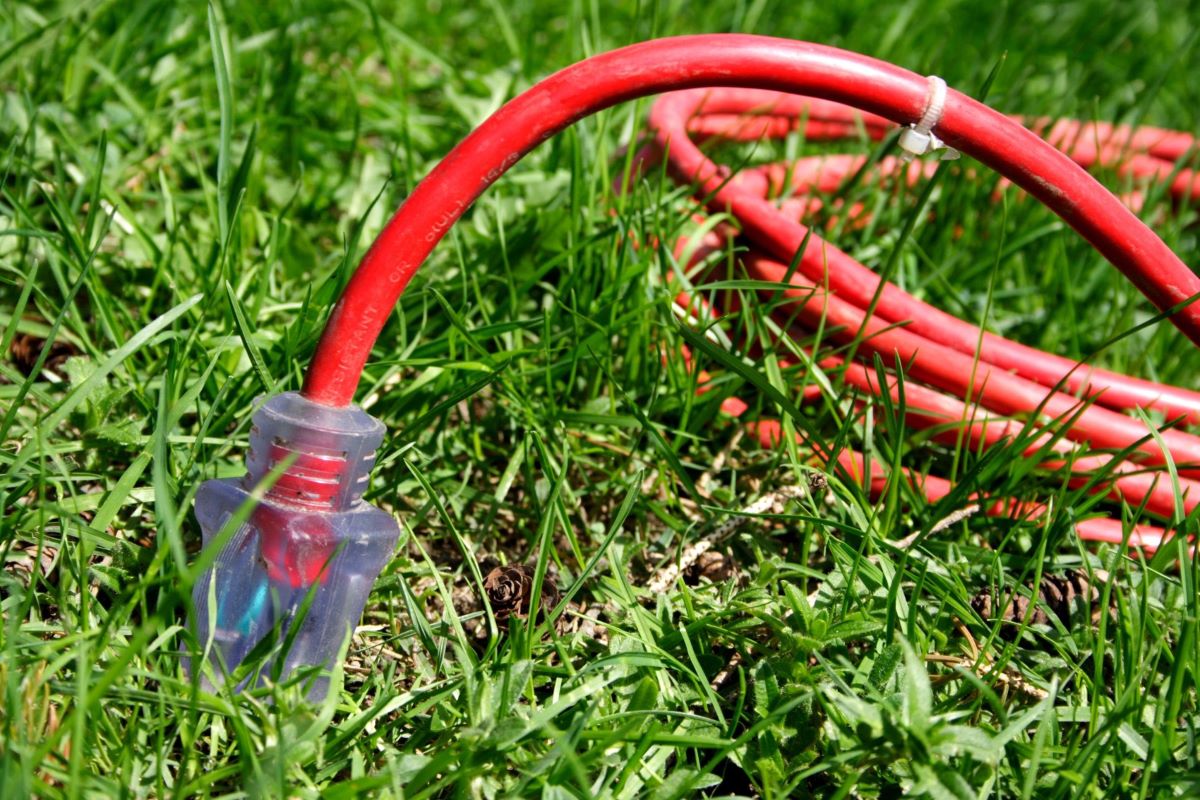
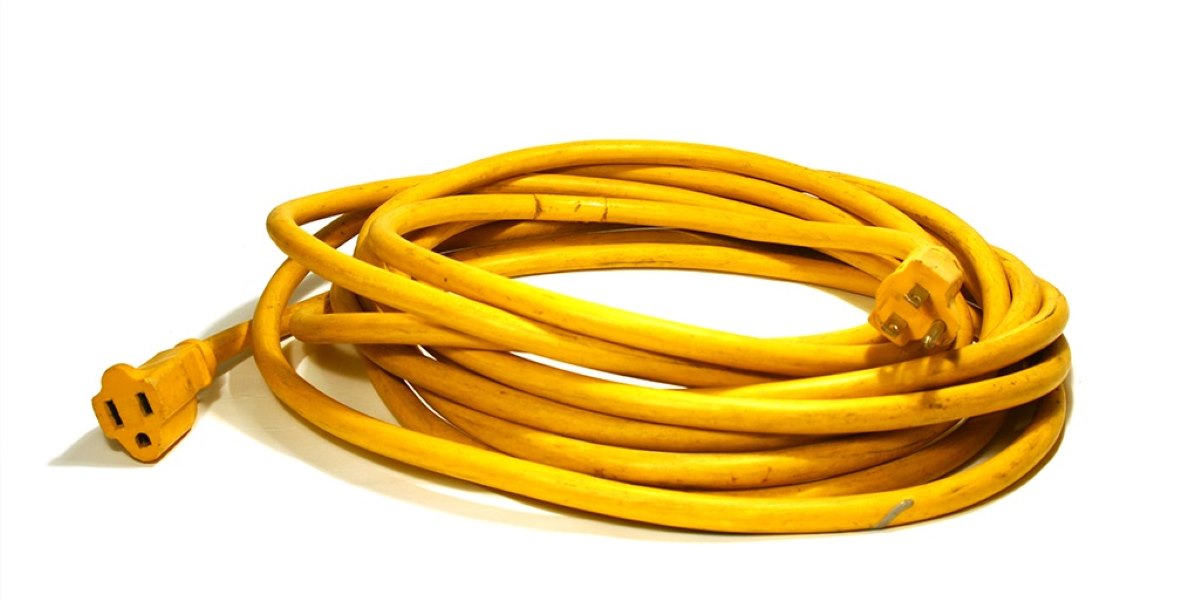
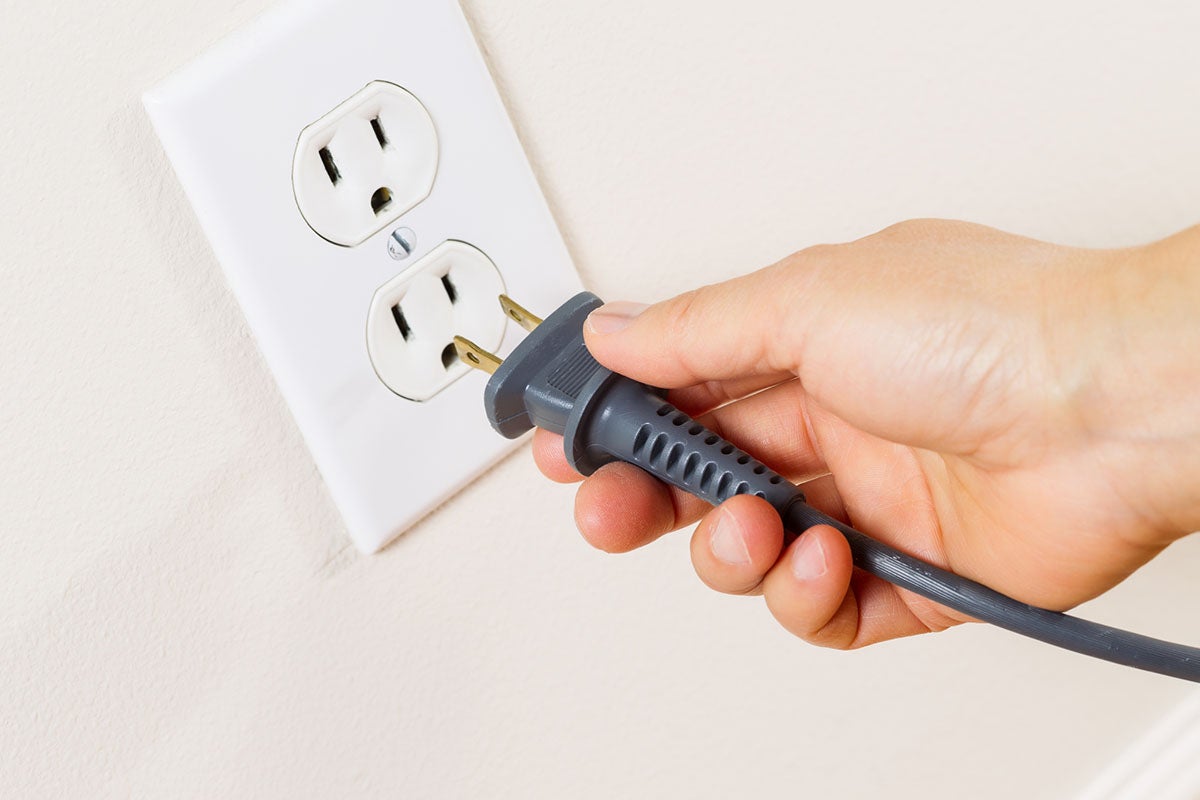
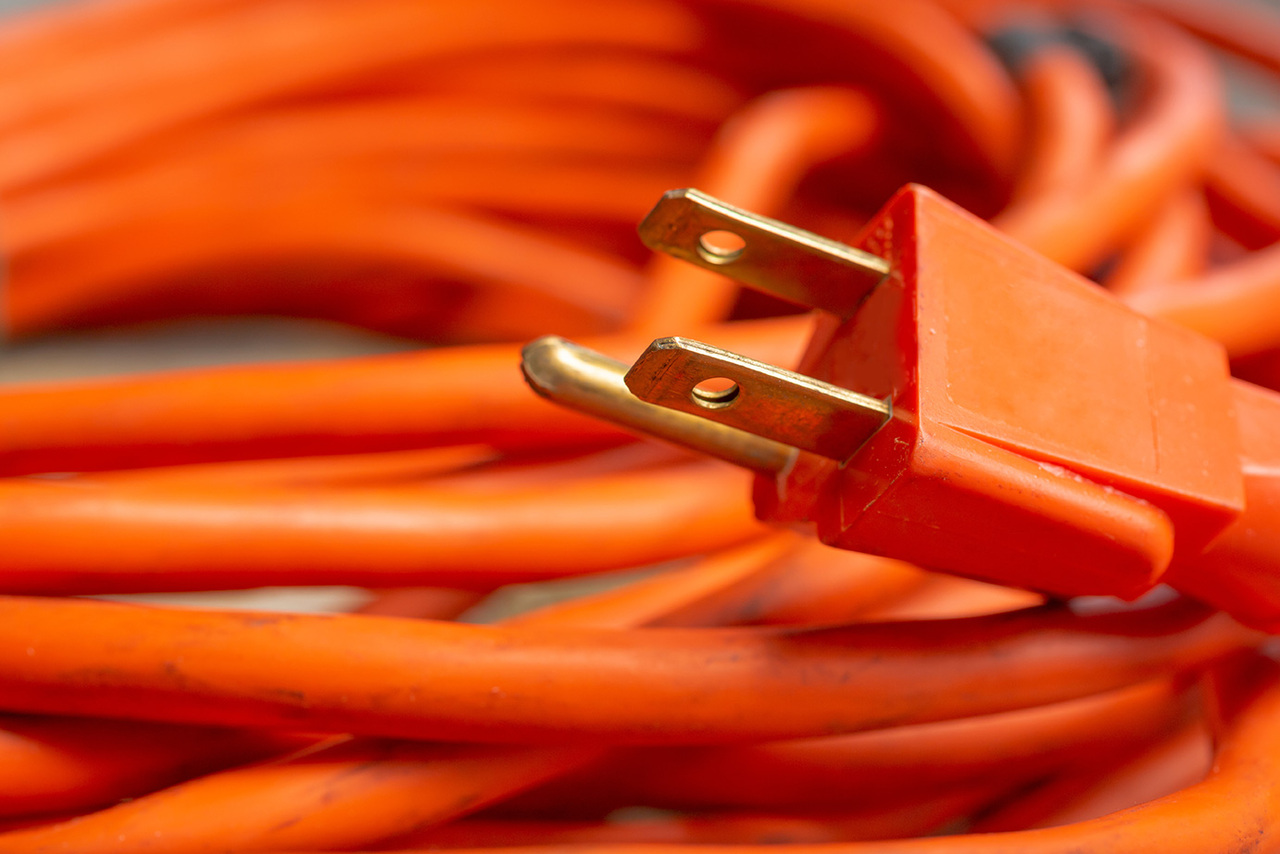
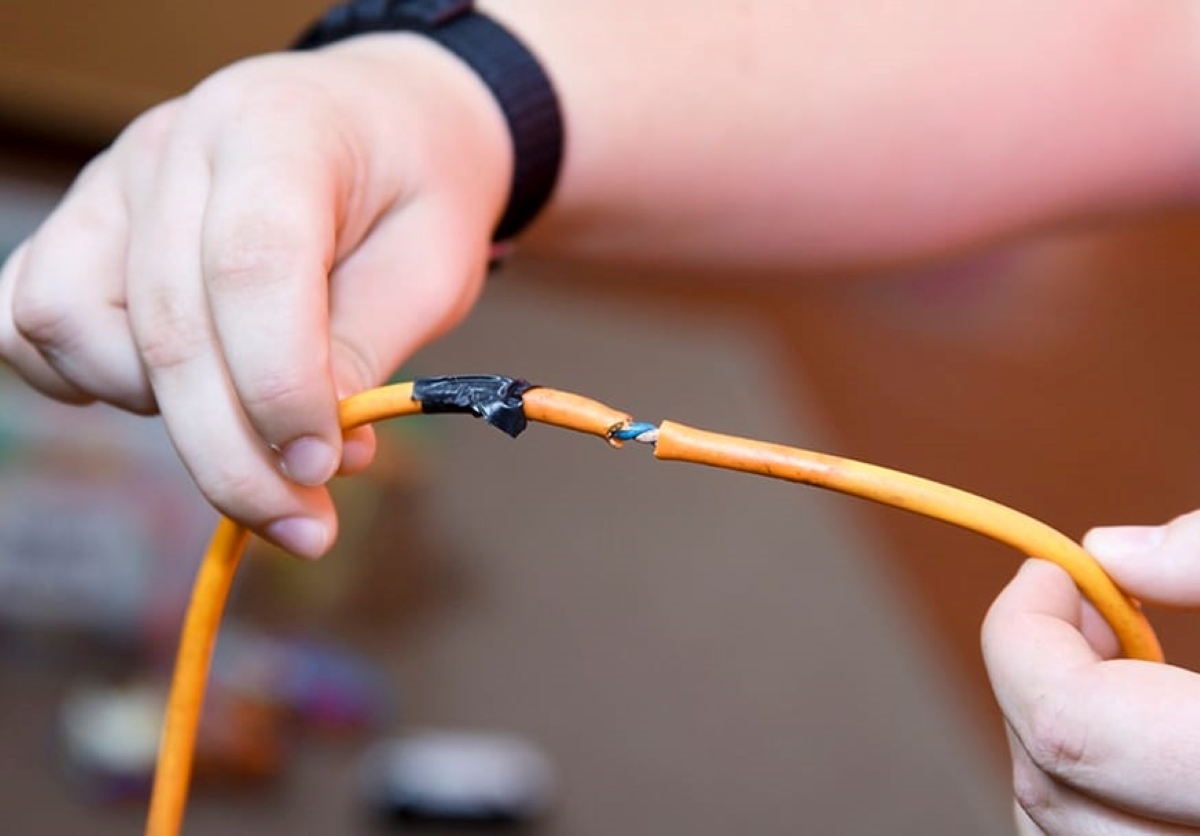
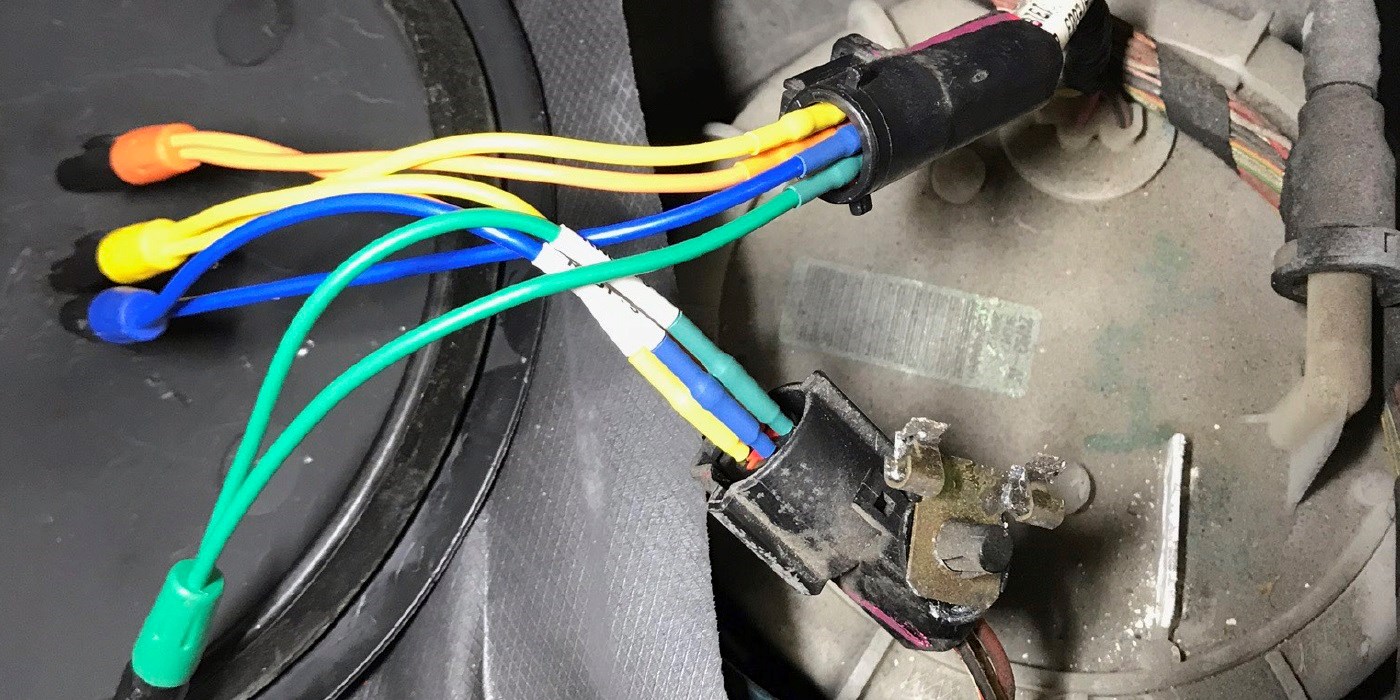
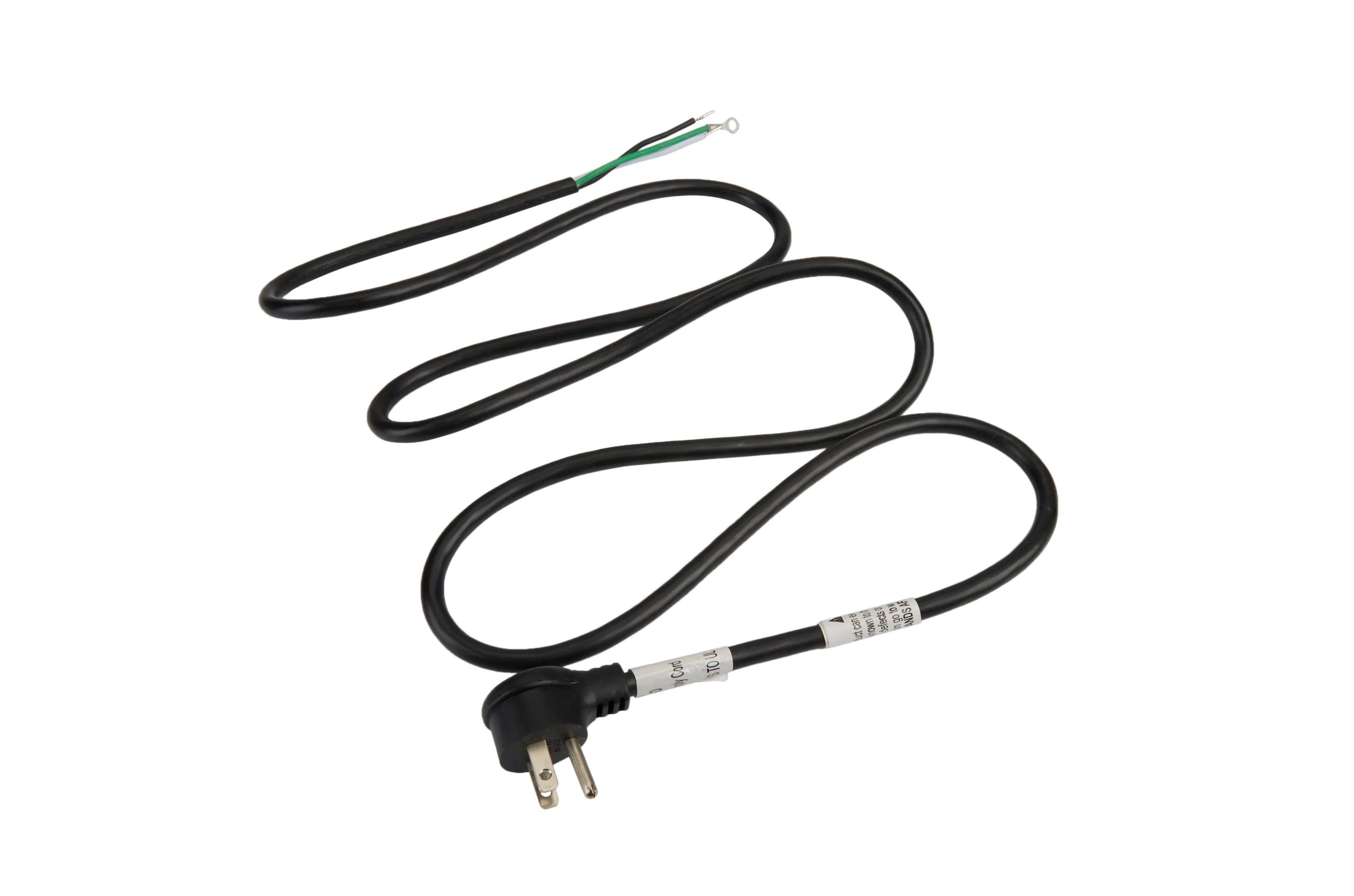
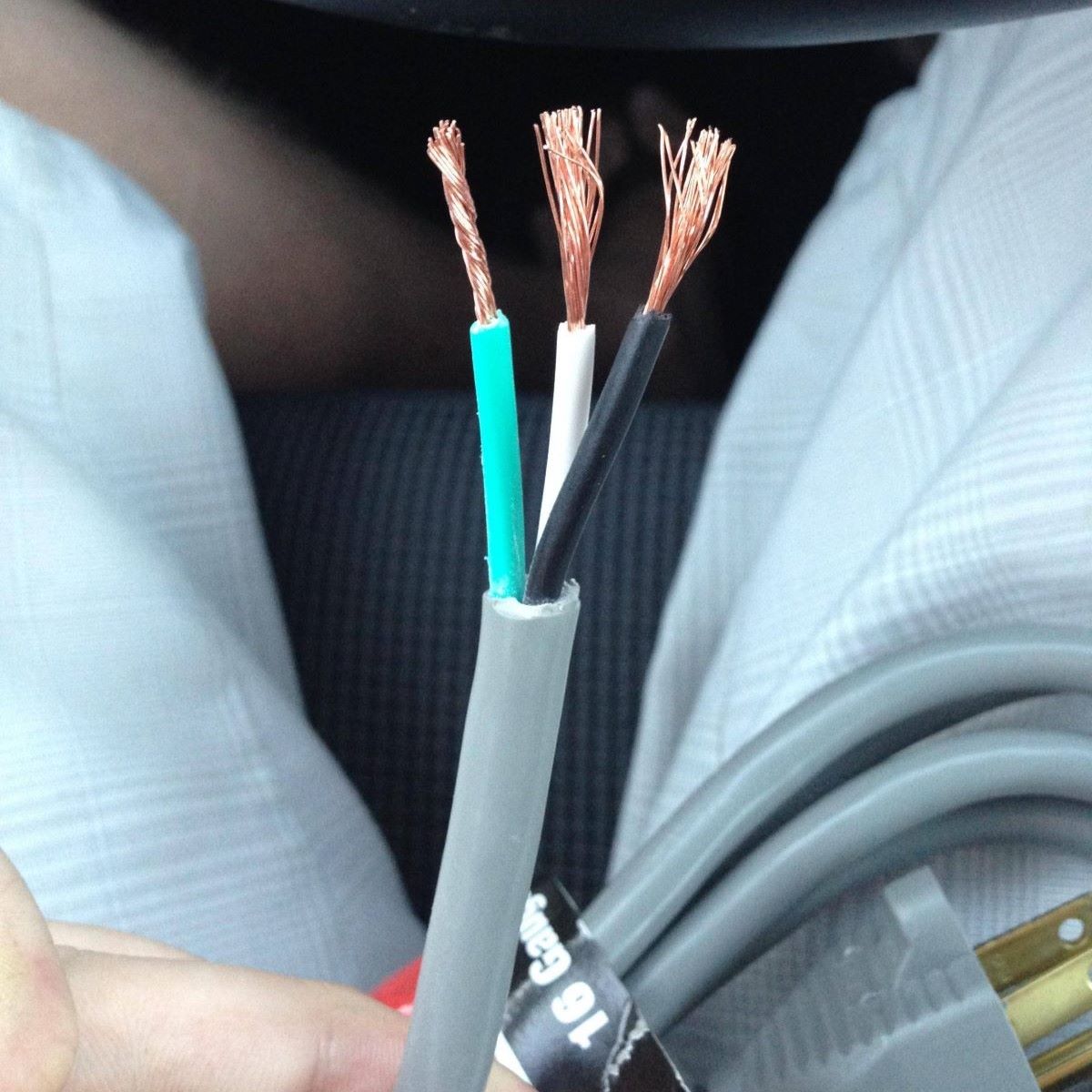
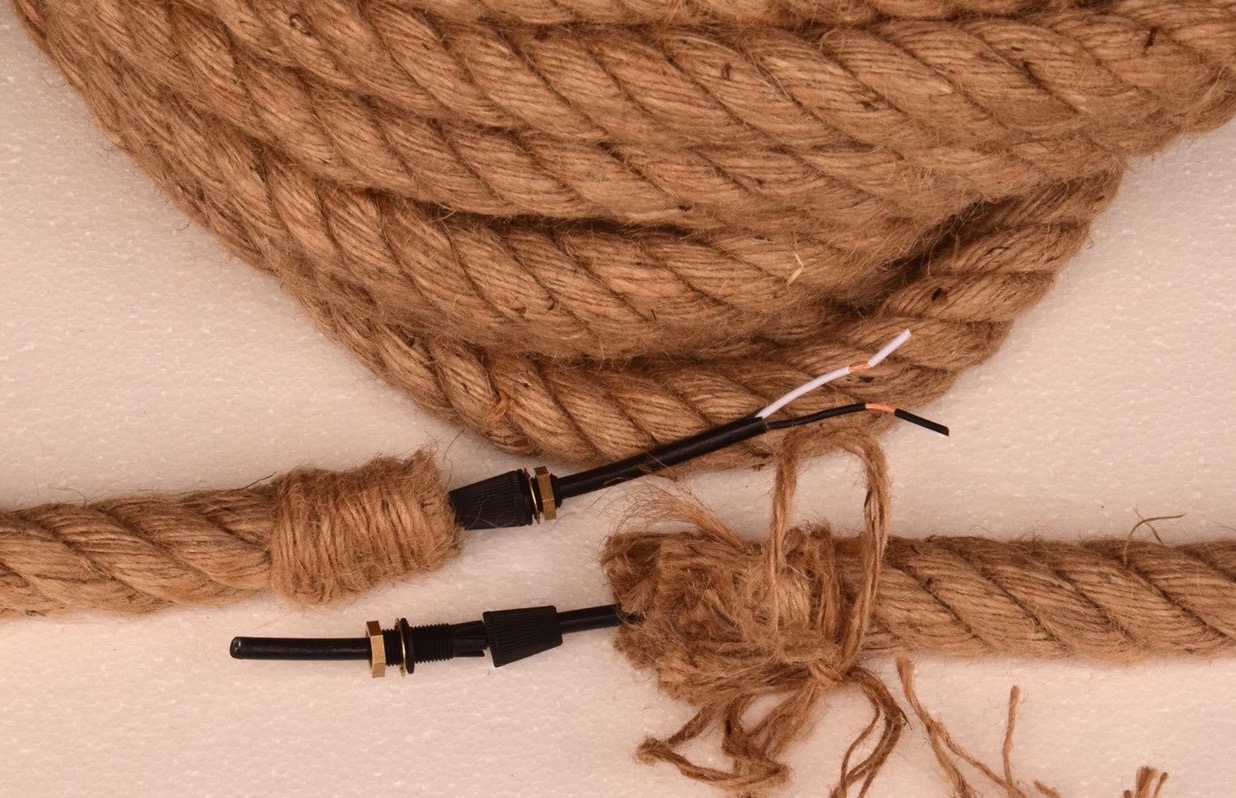
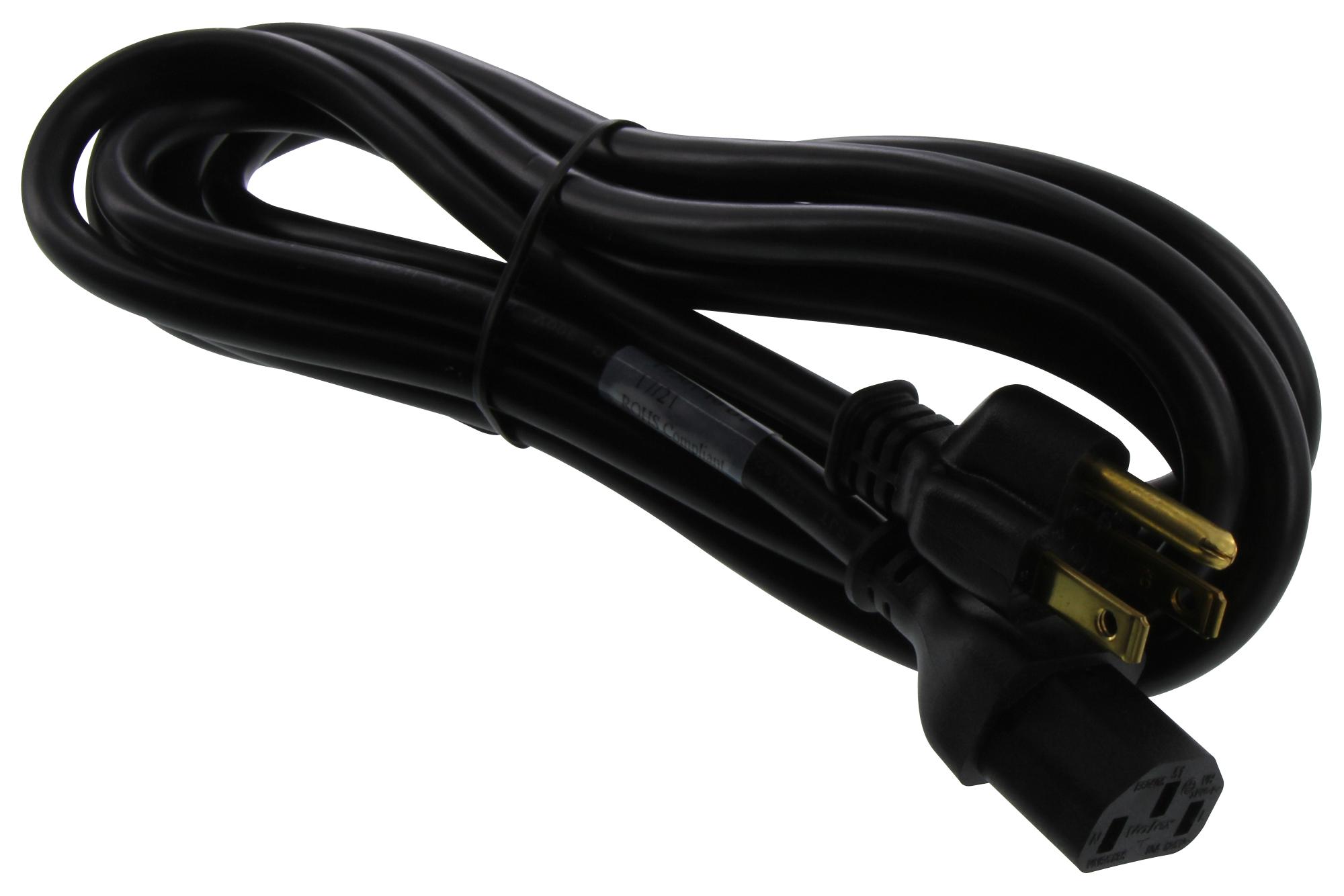

0 thoughts on “What Is The Best Way To Wrap An Electrical Cord”